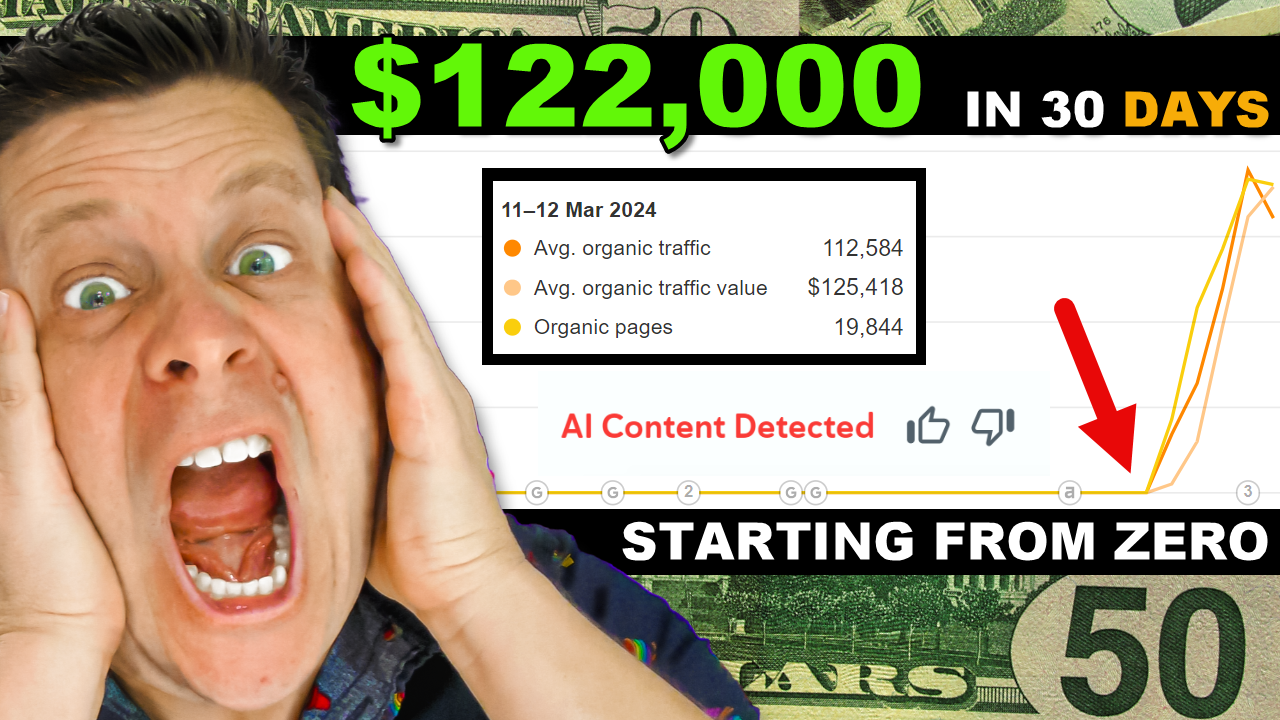
When: Wed @ 12PM Eastern Time
How: Click This Link Wednesday @12pm est
>> Want Personal Help Every Tuesday – Check Out The New Blog Profit Network
You Are IN The Content Site Business – ADAPT!
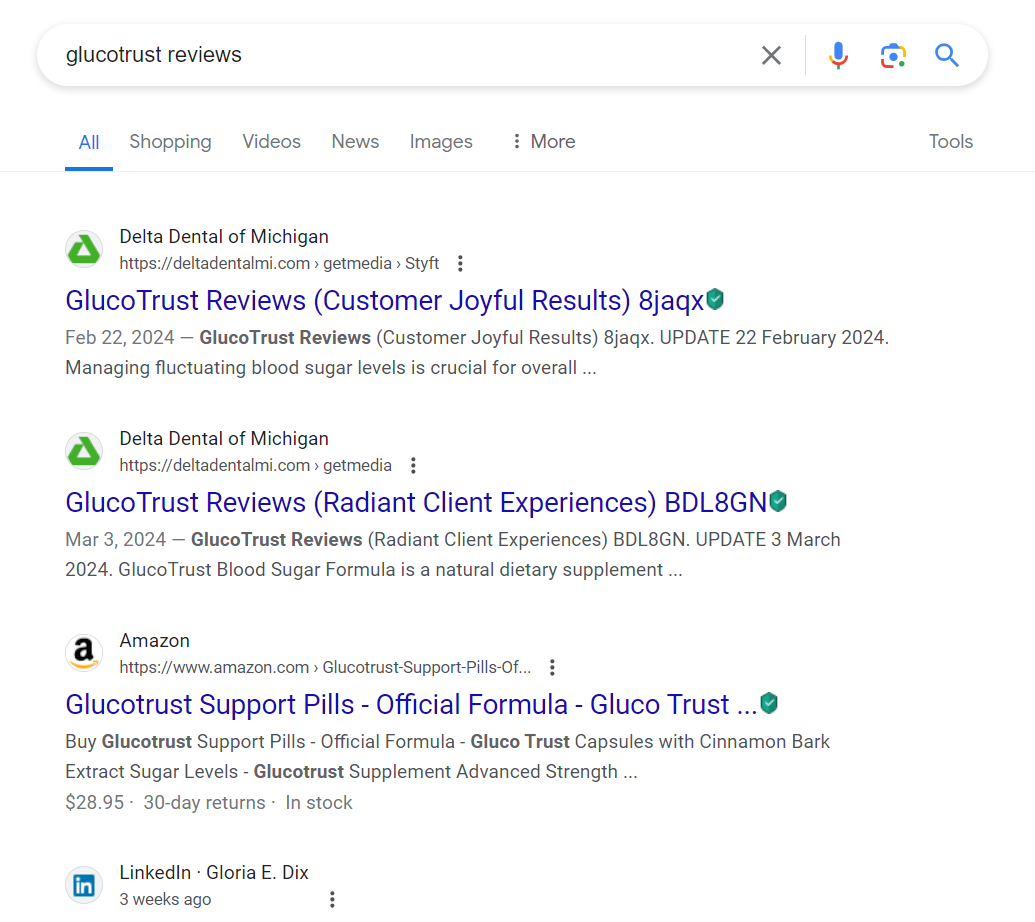
LINKEDIN PULSE – DOMAIN AUTHORITY ABUSE?
Laurel & Wolf is back (businessofhome.com) (RANKINGS)
What are your thoughts – what have you seen with the new google spam code updates?
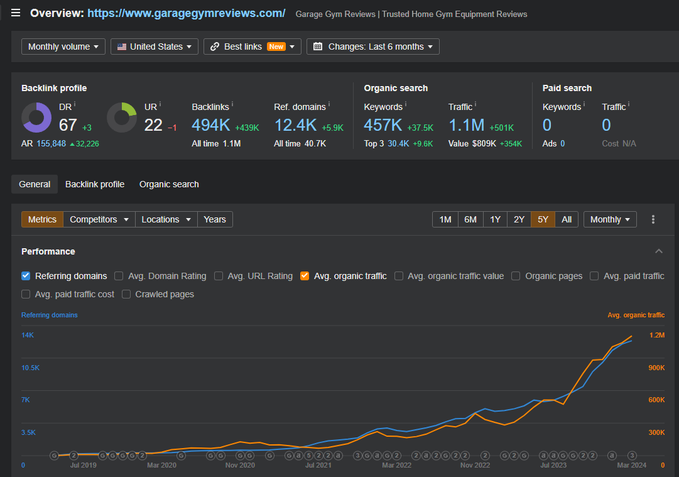
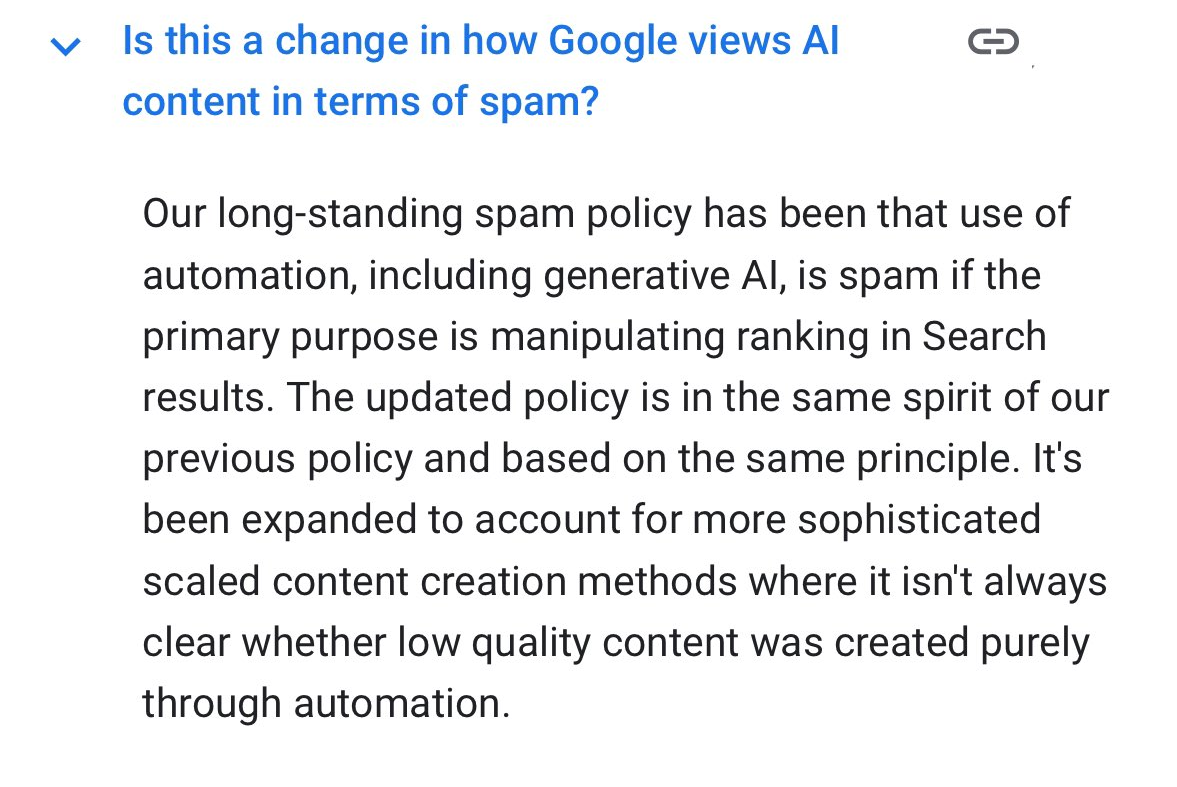
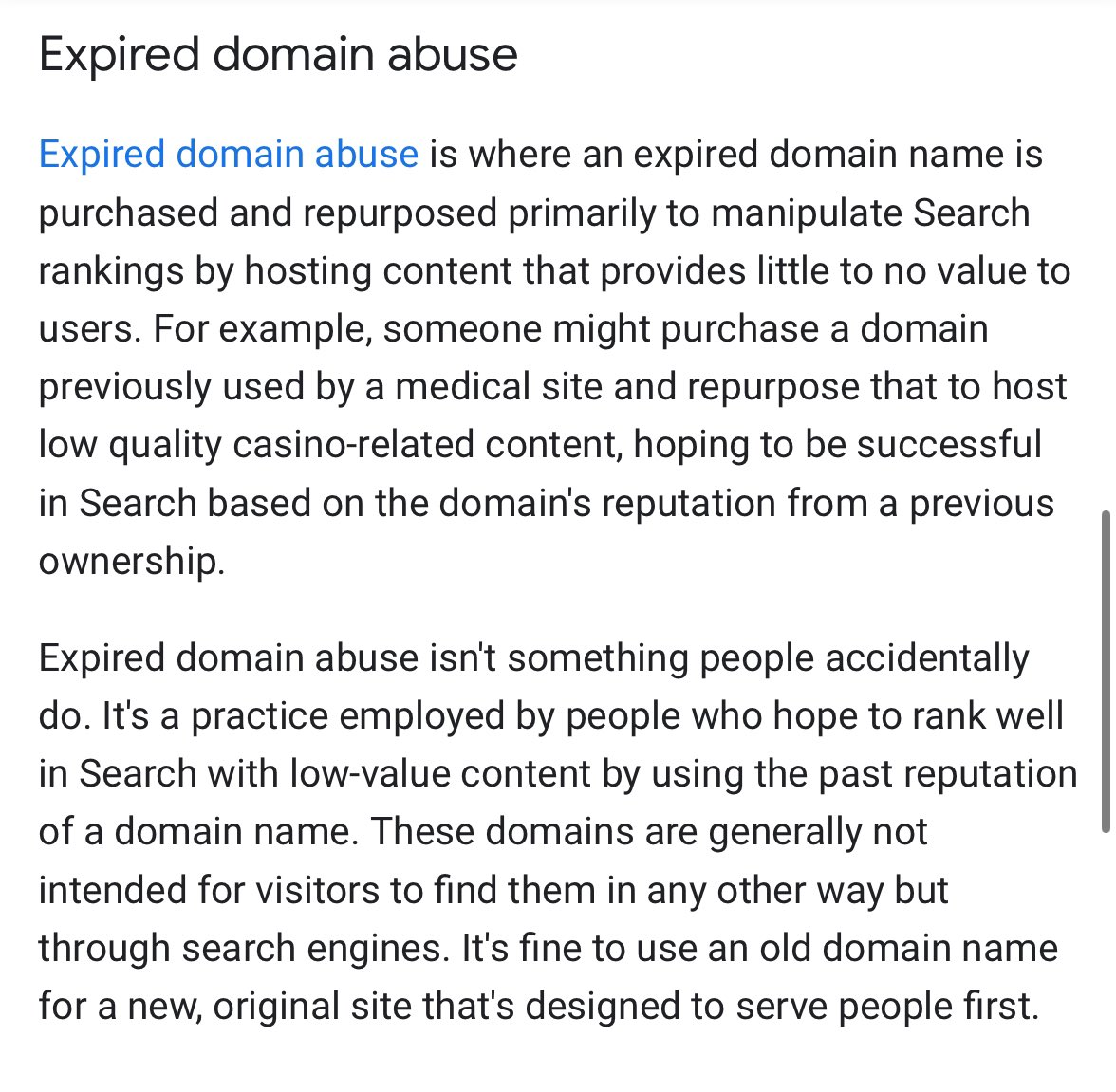






Page Quality Rating Guidelines
- Purpose: Page Quality (PQ) ratings aim to determine how well a website fulfills its intended purpose.
- Understanding Page Purpose
- Why it’s important: Understanding the purpose is crucial for determining the appropriate quality rating criteria.
- Helpful vs Harmful: Pages should aim to help people. If the intent is harmful, the page warrants the lowest rating possible.
- Overall Page Quality Rating
- Steps for Rating
-
-
- Determine the page’s true purpose (assess for harmful intent).
- Gage the potential harm based on the guidelines.
- Assess how well the page achieves its purpose using established criteria.
-
- Page Quality Rating Considerations
- The purpose of the page: Dictates the standards for evaluation.
- Potential for harm: Harmful pages receive the lowest rating.
- The topic of the page: YMYL pages (Your Money or Your Life) are held to higher standards.
- Type of website: Expectations vary for hobbyist vs. corporate sites, or informational vs. transactional websites.
- Website and content creator information: Influences trust and reputation.
- Main content quality: A core aspect of page quality.
- Ads and supplementary content: Should not obstruct the main content.
- Website and creator reputation: Impacts trustworthiness.
- Trustworthiness and E-E-A-T: Pages should demonstrate Experience, Expertise, Authoritativeness, and Trust – especially for YMYL topics.
Understanding Search User Needs
- User: Refers to anyone who searches the internet, regardless of background or demographics.
- Query: The search terms or content (text, image, etc.) someone enters into the search box.
- Query Interpretation: Determining the potential meaning(s) of the search terms, as they could be ambiguous.
- User Intent: What the person hopes to achieve with their search (find information, buy something, get directions, etc.).


I want a simple business but which it can be giving me $300 in a week
I’ve ready everything I can find about the updates. I look forward to your insights.